The "ghosts" on the deserted beach
Experts say that Phu Dien tower is the most intact Cham cultural architecture from the northern Hai Van area. The tower dates from the same period as the My Son E1 tower, which was transformed into the Hoa Lai tower around the beginning of the 8th century.
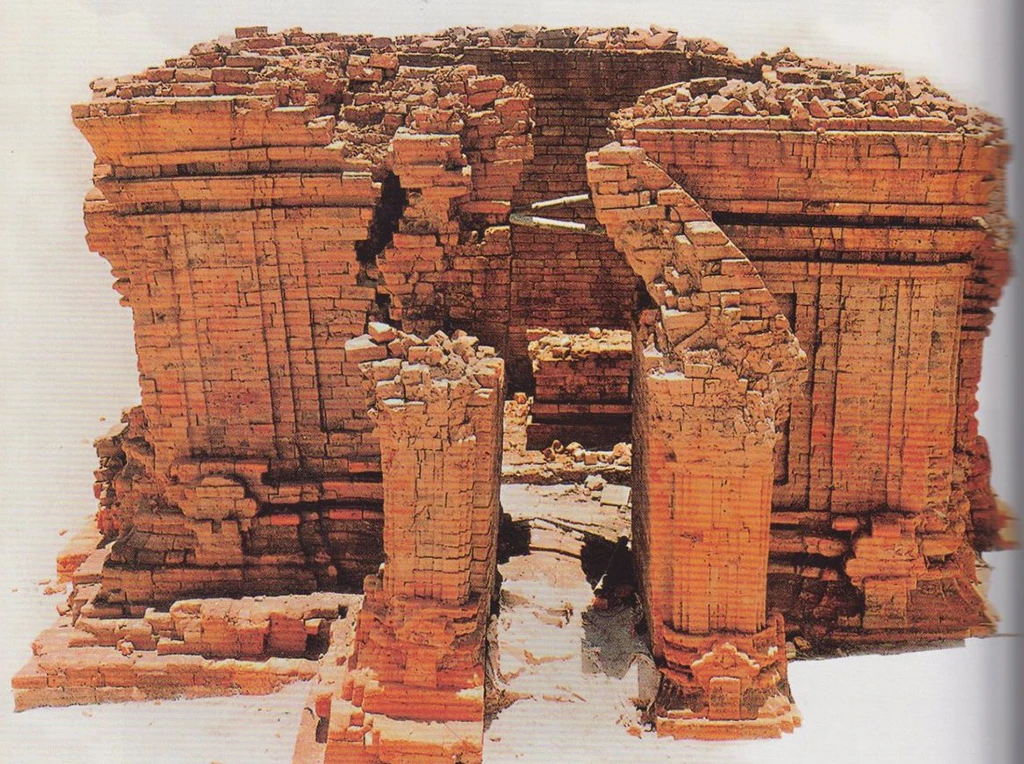
Phu Dien Tower
According to the cosmology of Hindu mythology, Mount Meru is the abode of the gods. The mountain has many peaks of different heights, the supreme god resides on the highest peak, the gods of different levels reside on the lower peaks on the same legendary Meru range. Sikhara (called Kalan by the Cham) is a form of architecture built according to the worship of Siva, one of the three supreme gods (trinity) of Hinduism. The ideal location to build a tower is on hills, at the foot of the tower there is a large, sturdy block of stone. In places where the block of stone is not found underneath, people reinforce the foundation with laterite. Therefore, most of the Cham towers along the Central and Central Highlands regions are built on hills or high mounds of laterite.
However, Phu Dien tower is located near the sea and in a low-lying area, has a monolithic structure of baked clay, has no roof and is located alone, very different from the common Cham tower relics. This could be a unique feature for researchers to study the history of sedimentation and formation of the ancient Cham land as well as the fluctuations of the North Central coast over the centuries. Phu Dien tower also makes historians and archaeologists have to reconsider the fact that not all Cham towers were built on high mounds.
The discovery of the strange tower, deep underground in the summer of 2000 in Phu Dien, was an event that attracted considerable attention from antique collectors. From many places, they secretly came to Phu Dien to collect information, asked people, and at night, secretly tried to infiltrate the ancient tower area. Their mysterious movements, appearing and disappearing in the dark of night, were like ghosts. A short time later, along with measures to protect the ruins by management agencies and propaganda and explanation work by authorities, those "ghosts" gradually became less numerous and then disappeared completely.
The buried sand tower
In September 2001, the excavation of Phu Dien tower was conducted and revealed a fairly intact ancient tower, buried 5 - 7 m deep in the sand, 3 - 4 m below sea level and only 120 m from the coast. The tower base is rectangular, 0.29 m high, consisting of 4 layers of bricks built closely together to create a solid foundation for the tower body. The tower body is 1.36 m high, the tower is rectangular (3.9 m long, 3.3 m wide), in the middle is a 0.73 m high altar, on the pedestal is a sandstone yoni. The discovery of the yoni idol on the brick pedestal confirms that Phu Dien is a Cham tower.
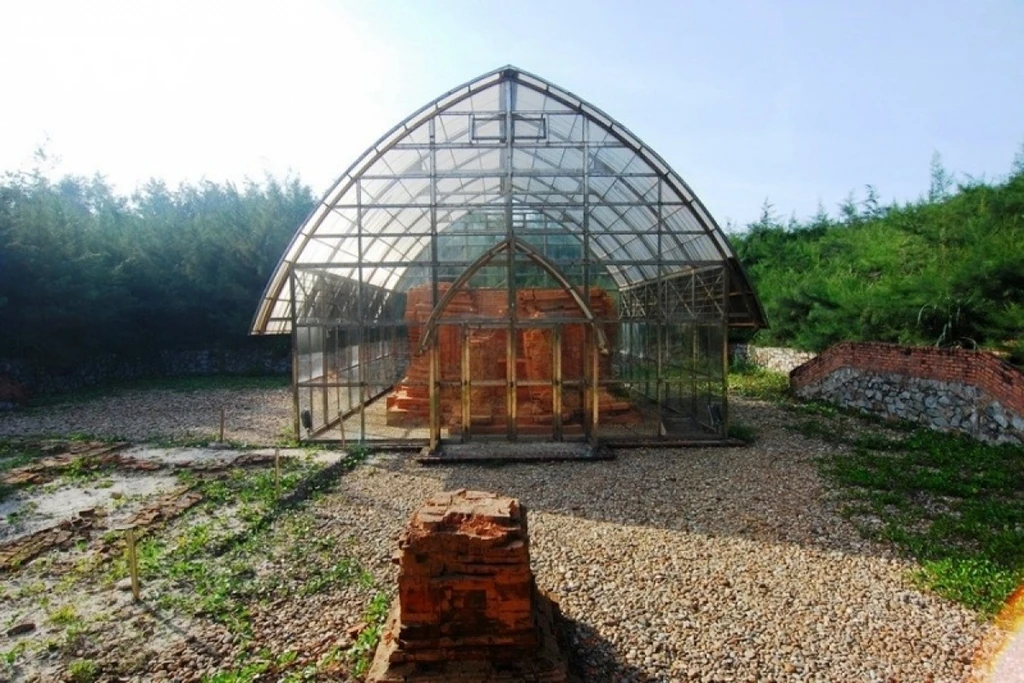
Phu Dien Tower after preservation treatment
From the outside, the tower looks like an open-air altar with four doors. The main door facing the East Sea, the entrance, has collapsed on one side. There are three fake doors left, with the same shape and size: the south door is quite intact, the west door is cracked at the arch, the north door is tilted at the base. The door arches are quite harmonious, decorated with column heads and roof corners with 10 layers of gradually protruding bricks, below is the rounded column section.
Five meters in front of the main door of the tower, there is a square altar built with bricks using a grinding technique, closely arranged, 1.4 meters high, 1.38 meters long, and in the middle of the altar is a round hole with a diameter of 0.19 meters, which researchers suspect was formerly a place to place a worship statue.
Despite centuries of age, the bricks still retain their beautiful reddish-pink color. The bricks are porous and of irregular sizes.
On December 28, 2001, Phu Dien tower was ranked as a national historical and cultural relic (artistic architecture type) by the Ministry of Culture - Information (now the Ministry of Culture - Sports - Tourism).
In October 2005, the Ministry of Culture and Information and the People's Committee of Thua Thien-Hue Province approved the tower restoration project, and assigned the Central Institute of Construction Science and Technology to carry out the restoration items. By May 2007, the restoration project was completed. Currently, Phu Dien Tower is being preserved in a greenhouse to limit the impact from the natural environment.
On March 14, 2022, the Vietnam Records Organization (VietKings) decided to establish a Vietnam Record for Phu Dien tower with the criterion "the first ancient Cham tower sunk deep under the coastal sand dunes excavated and preserved in Vietnam".
On May 30, 2022, the World Records Union (WorldKings) decided to set a World Record for Phu Dien Tower with the criterion "The first ancient brick Cham tower excavated and preserved deep under the coastal sand dunes in the world ". (continued)
Source link


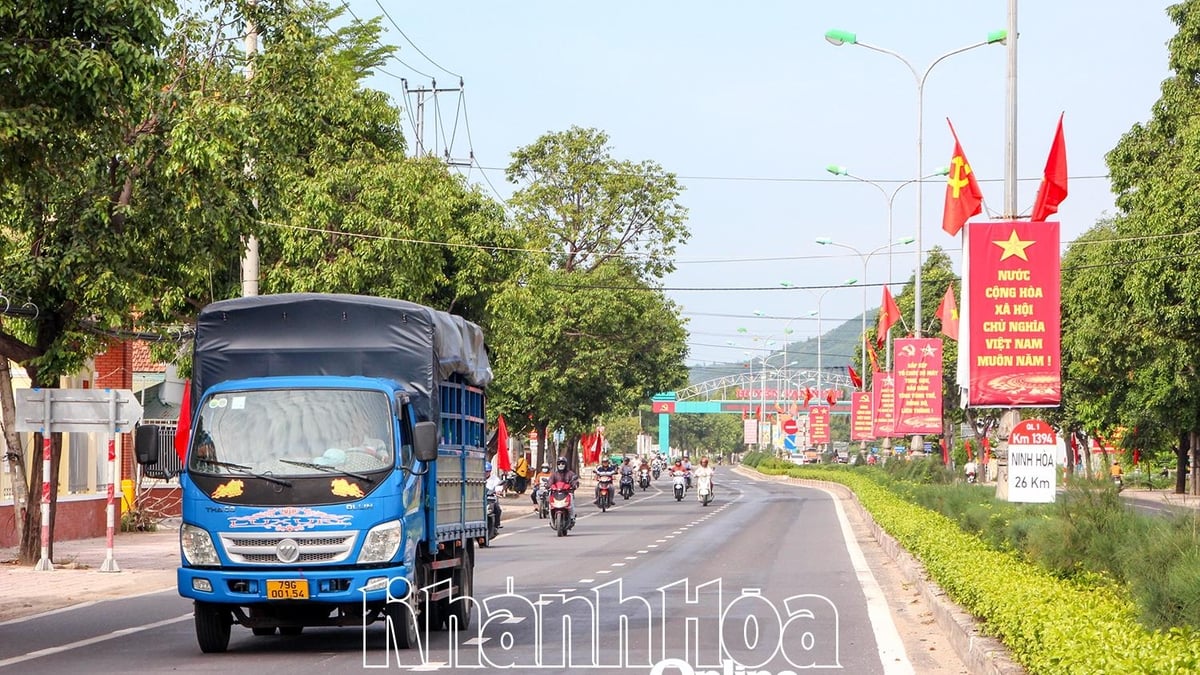



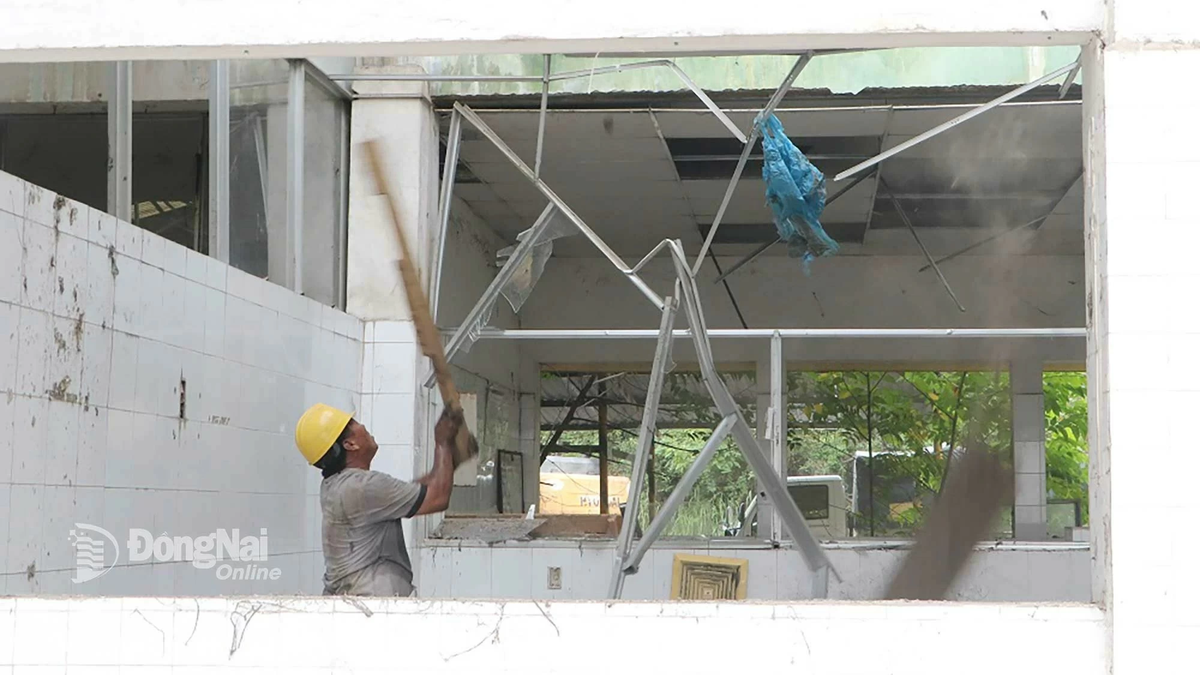
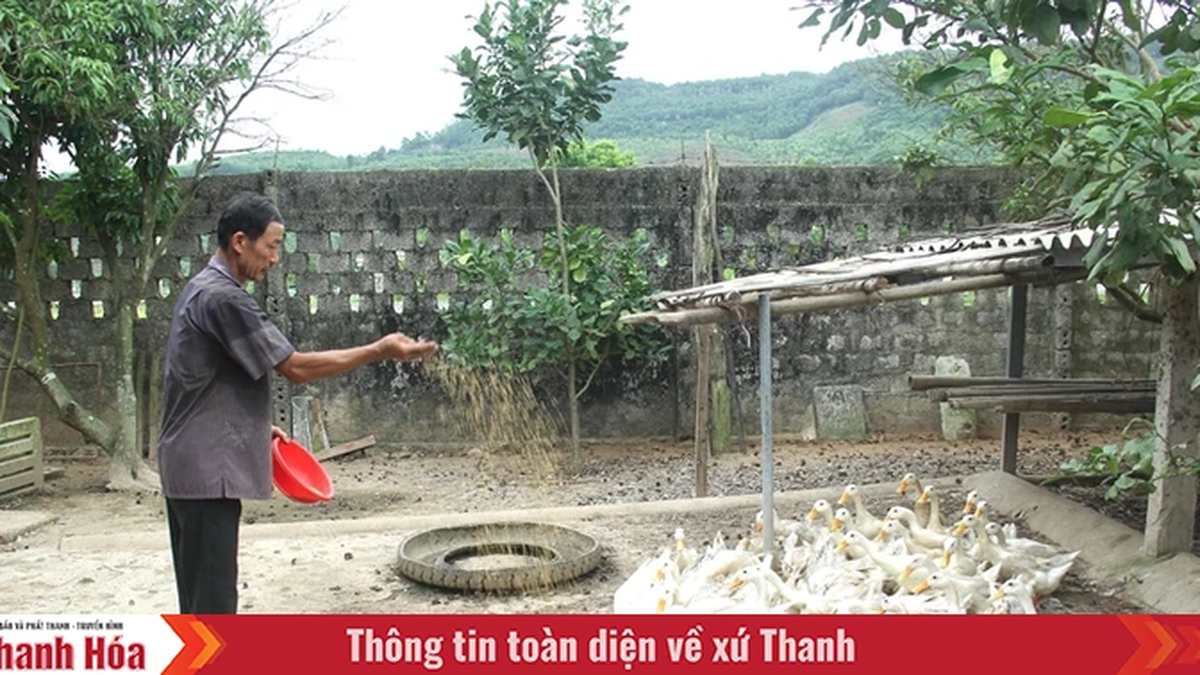















































![[Maritime News] Container shipping faces overcapacity that will last until 2028](https://vphoto.vietnam.vn/thumb/402x226/vietnam/resource/IMAGE/2025/7/30/6d35cbc6b0f643fd97f8aa2e9bc87aea)









































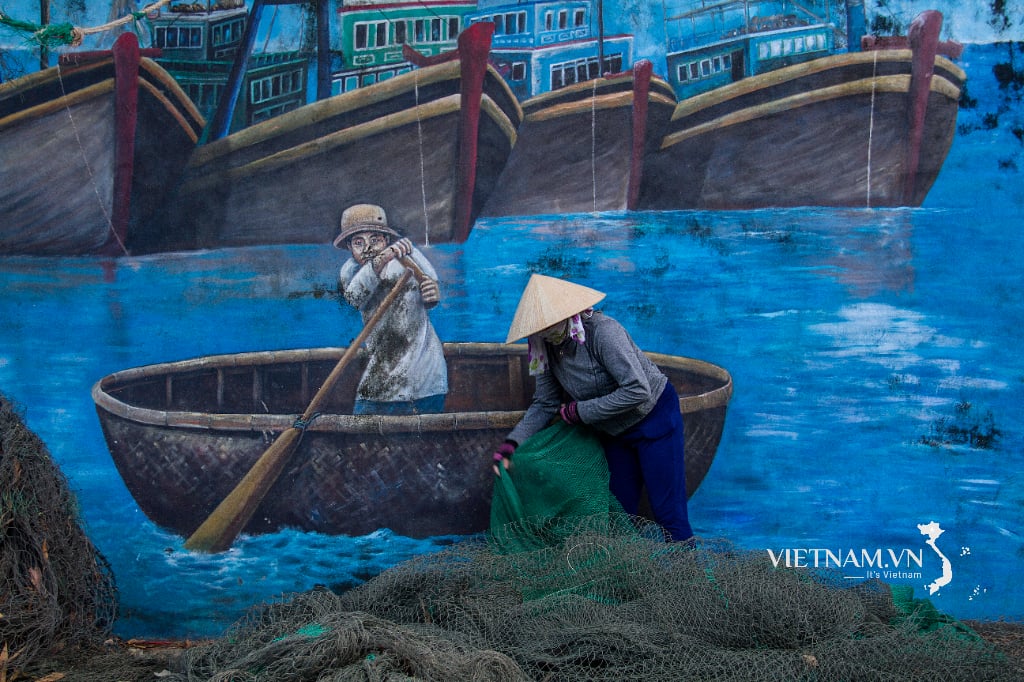

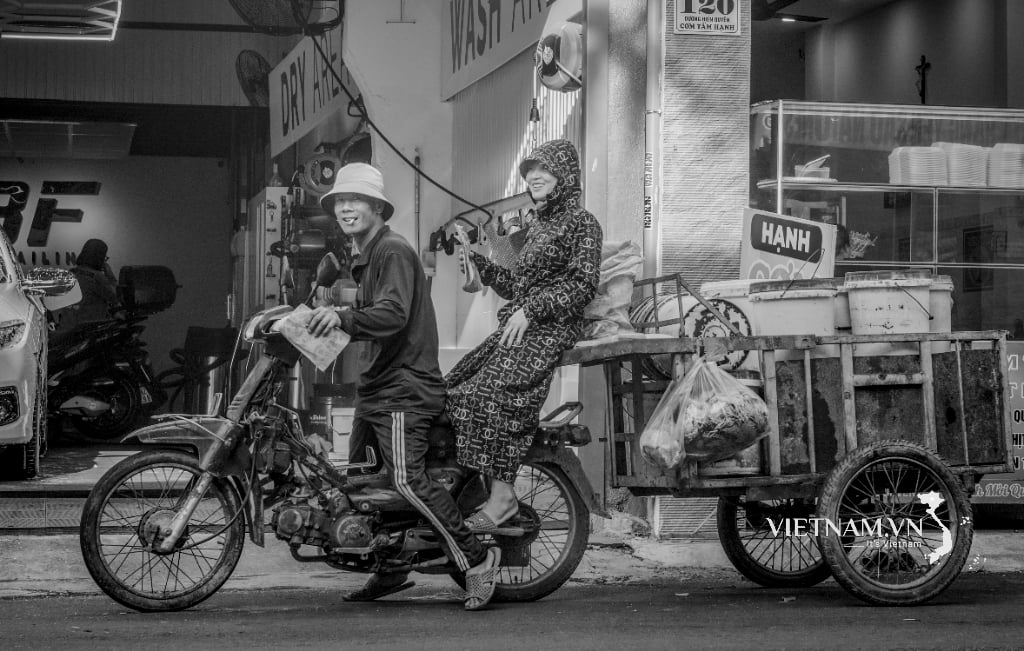

Comment (0)